Become a NYT Bestseller
___
BONUS FREEBIE: Your message deserves the media’s attention. So how do you get out there in a bigger way? I’ve got you covered. CLICK HERE to grab my free “Checklist to Become a Go-To Media Expert.”
___
There’s a difference between being an author and a bestselling author.
But what does that really mean? How many books do you have to sell to qualify? Is getting on the New York Times Bestseller List a realistic goal? Is there a secret to getting on that list?
Book marketing expert, Rob Eagar, joined me on Inside Scoop to answer those questions.
Rob has helped both fiction and non-fiction authors hit the New York Times Bestseller List, along with USA Today and The Wall Street Journal. He just had a client about 120 days ago, who was on all of those. And helped a book that was 23 years old finally become a New York Times Bestseller, after already being in print for over two decades.
Here are four of Rob’s pointers to sell more books.
1) Being a Bestseller is about more than selling books.
Of course, being a bestseller does have something to do with how many books you sell.
“It’s based on sales. But not completely on sales. The short answer is: if you can sell between 5,000 to 15,000 copies in one week, that should position you to be able to hit the New York Times Bestseller List.” Rob said.
However, just because your book is selling well doesn’t guarantee you a spot.
“There’s a huge catch: the Bestseller List people get to decide which books are on and which ones they don’t want to have on the list,” Rob explained.
Rob tracks the bestseller lists from various publications every week.
“I’ve seen books that sold 20-30,000 copies in one week, or with pre-orders included, and they didn’t show up on the Bestseller List. And I’ve seen books that sold as little as 5,000 copies be on the New York Times list,” he added.
That might seem a little discouraging. But don’t give up! That doesn’t mean you’ll never get on the list. It just means it’s a little more complicated than your sales numbers.
“That’s why I encourage any author that I work with, just see the list as gravy. See it as a bonus, rather than something that dictates whether you’re successful or not,” Rob said.
I would certainly consider a book that’s selling 5,000 – 30,000 copies a success. Wouldn’t you?
_
2) Pre-Orders help pad your sales numbers.
“One of the little-known techniques that authors can use if you want to hit the Bestseller lists is to accrue as many pre-orders as you possibly can.”
“What the New York Times and The Wall Street Journal and the USA Today do is they look at sales week to week, except for pre-orders. Pre-orders kind of go into this account, and they accrue and add up, until your very first week of sales,” Rob said.
Which means you don’t have to sell 10,000 copies all in your first week. You can sell 5,000 your first week and 5,000 pre-orders.
“Start asking readers to buy your book three, six, nine months ahead of time, as long as it’s available on the retailers to purchase. They can buy early and that goes into your account and begins to add up, and then it counts towards your first week of sales,” he explained.
And there are things you can do to help boost your pre-order sales.
“That’s what I teach my clients how to do. Encourage your readers to buy early. Give them incentives. Give them goodies. Give them freebies. So they want to buy early,” he added.
3) Use different styles of marketing.
Rob calls his methods of marketing “The Five Buckets of Book Sales”.
The first bucket is: Your own audience. Your own followers. (Whether that’s email or social media.)
“The bigger your own bucket can be, the more in control you are over your own success,” Rob said.
Myself and many of the guests I’ve had on Inside Scoop have promoted the importance of email lists. And Rob is no different.
“You need to start building your own email list, as early and as fast as you possibly can. Too many authors wait until maybe six months before their book launch to even begin to think about the marketing process, that’s way too late. You really need to be starting the process at least a year early, if not even two to three years early,” he said.
(You can sign up for my email lists for productivity, media training, travel and my newsletter here.)
But if you don’t have a ton of email subscribers or social media followers, that’s okay. As you work on gaining more, there are other things you can do.
“If you have a small bucket, you’ve got to really rely even more on going to buckets two and three,” he added.
The second bucket is: Other people’s audiences.
“This bucket is using someone who has a big social media following, or their own podcast, or a big email list” Rob explained.
If you want to sell books, you should be on podcasts. Because podcast listeners are buyers.
The third bucket is: Traditional media.
Traditional media like radio and TV are great to build awareness. But not necessarily the best tool to convert watchers and listeners to buyers.
You would think TV, if you’re on the Today Show or whatever mainstream show you pick, it’s going to equal book sales, but it actually does not. I did a little test. I gave away my new travel freebie during an appearance on PIX 11 News in New York City. And only ONE person signed up
If you’re interested in using video and traditional media to launch your book but need some help – fill out this application for my media-training services. I’ve worked with many authors in all genres to help them get their books out into the world via video .
The fourth bucket is: Advertising.
“This is where you can buy ads on Amazon or Facebook to reach other readers that you may not have been able to reach with your own audience,” Rob said.
And the fifth bucket is: Retail.
That’s your sales from actual book stores. Your publisher will likely help with this but there are some resources for self published authors to do this as well.
___
4) There’s no quick fix or shortcut to selling.
We’d love for things to be easy. “Just do this and you’ll be a bestseller,” but that’s not how it works. It takes a lot of work and getting in front of a lot of people to be hitting bestselling numbers.
“Book marketing is a game of numbers. If you want to sell thousands of books, you need to get in front of tens, if not hundreds of thousands of people. If you want to hit the bestseller list, selling tens of thousands of books, you’re going to have to be getting in front of millions of people to do that,” Rob said.
So don’t fall into the seemingly instant gratification of that fourth marketing bucket.
“Facebook Ads and Amazon Ads can suck you in and you can get dependent on it. And either wind up having you spend way more money than you’re comfortable to get any sort of measurable results. Or it just doesn’t work at all,” Rob warned.
Thinking creatively is going to be more useful than easy ad purchases.
“Avoid marketing in isolation. You need to be thinking: How can I connect with any other audience where large groups of readers for my book might exist? Where are large groups of readers for my book existing? And how can I get in front of them?,” Rob explained.
For more information on how to become a bestseller, check out the entire episode here. And sign up for Rob’s FREE guide to becoming a NYT Bestseller and email list.
___
BONUS FREEBIE: Your message deserves the media’s attention. So how do you get out there in a bigger way? I’ve got you covered. CLICK HERE to grab my free “Checklist to Become a Go-To Media Expert.”
___

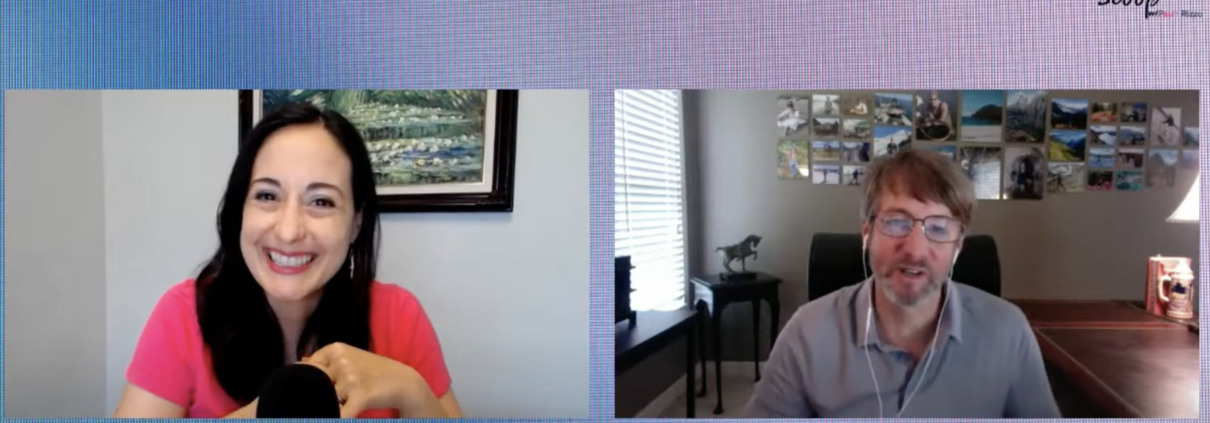
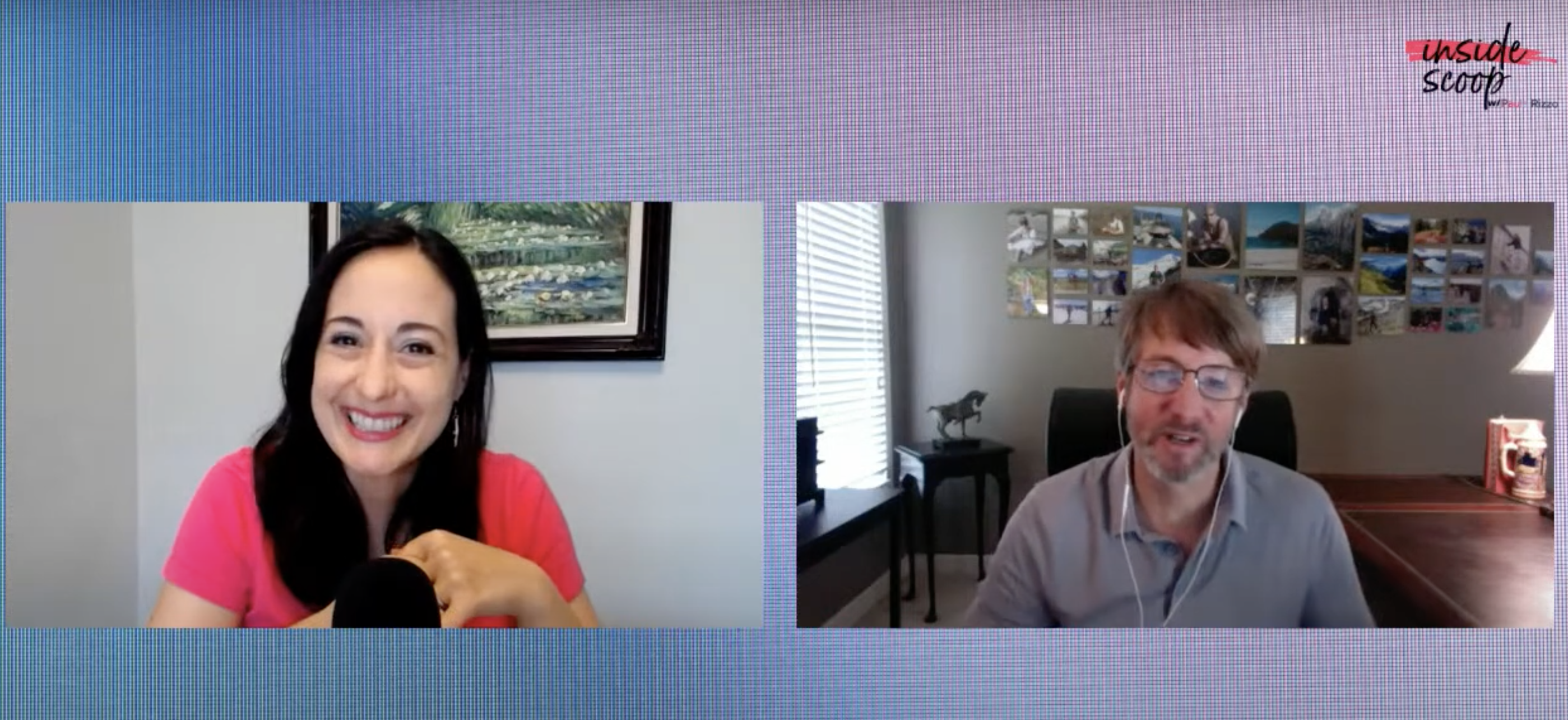
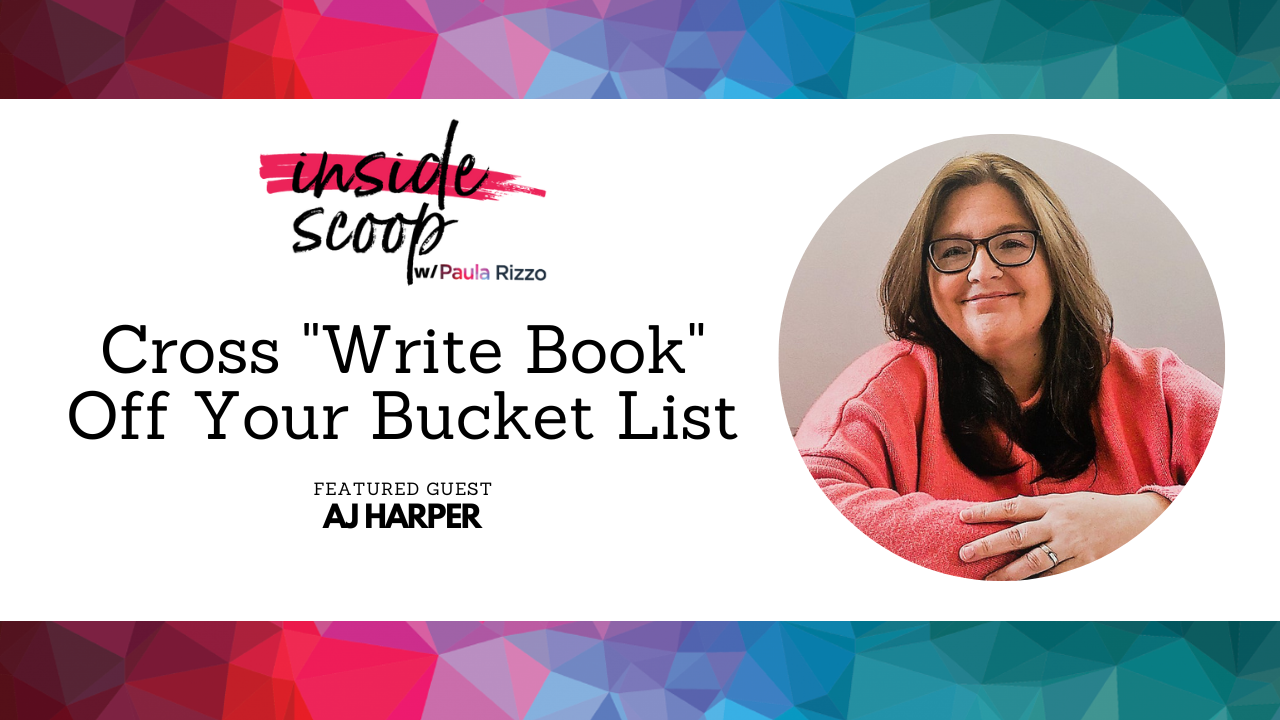
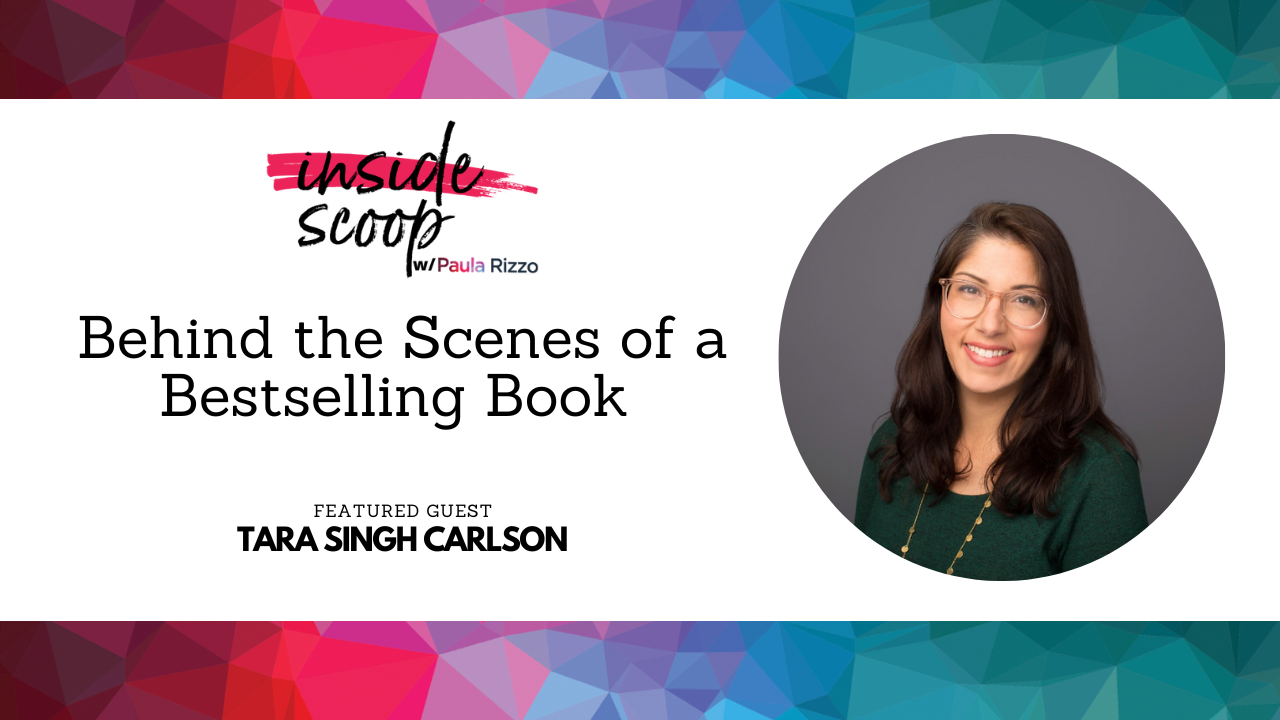
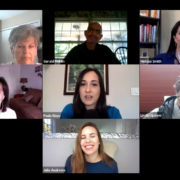
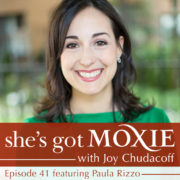
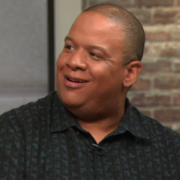
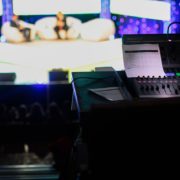


Leave a Reply
Want to join the discussion?Feel free to contribute!